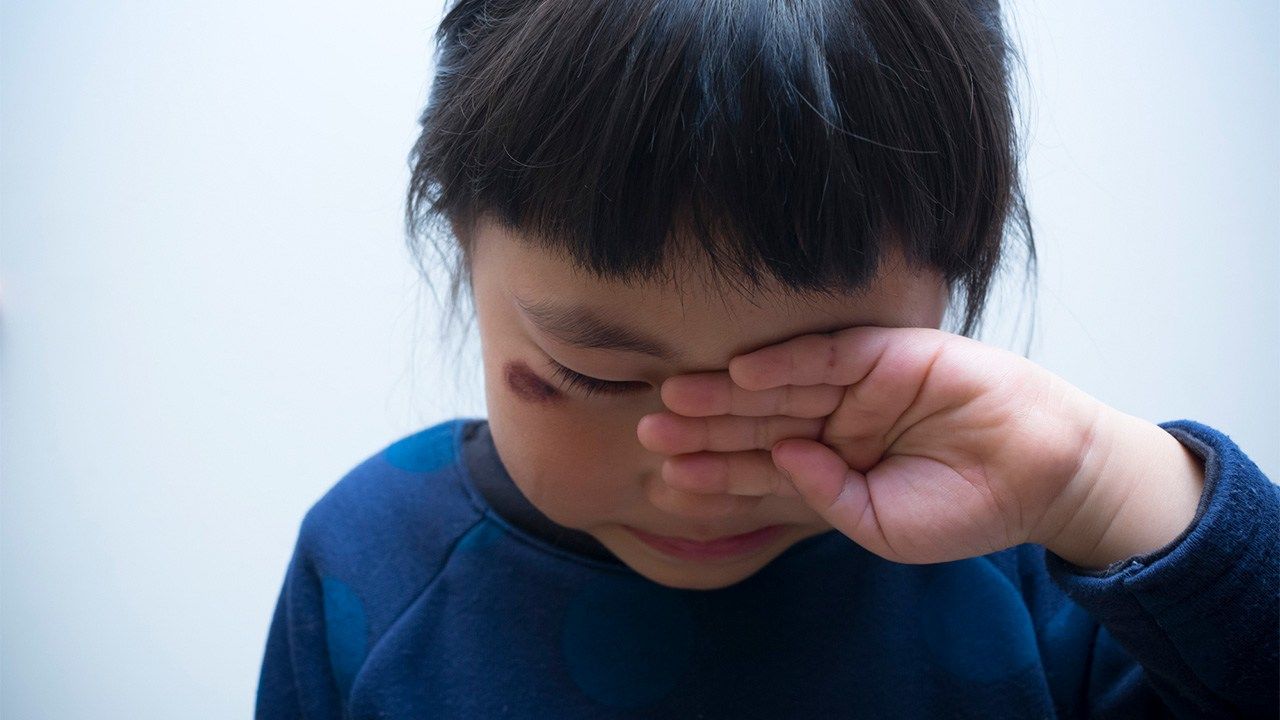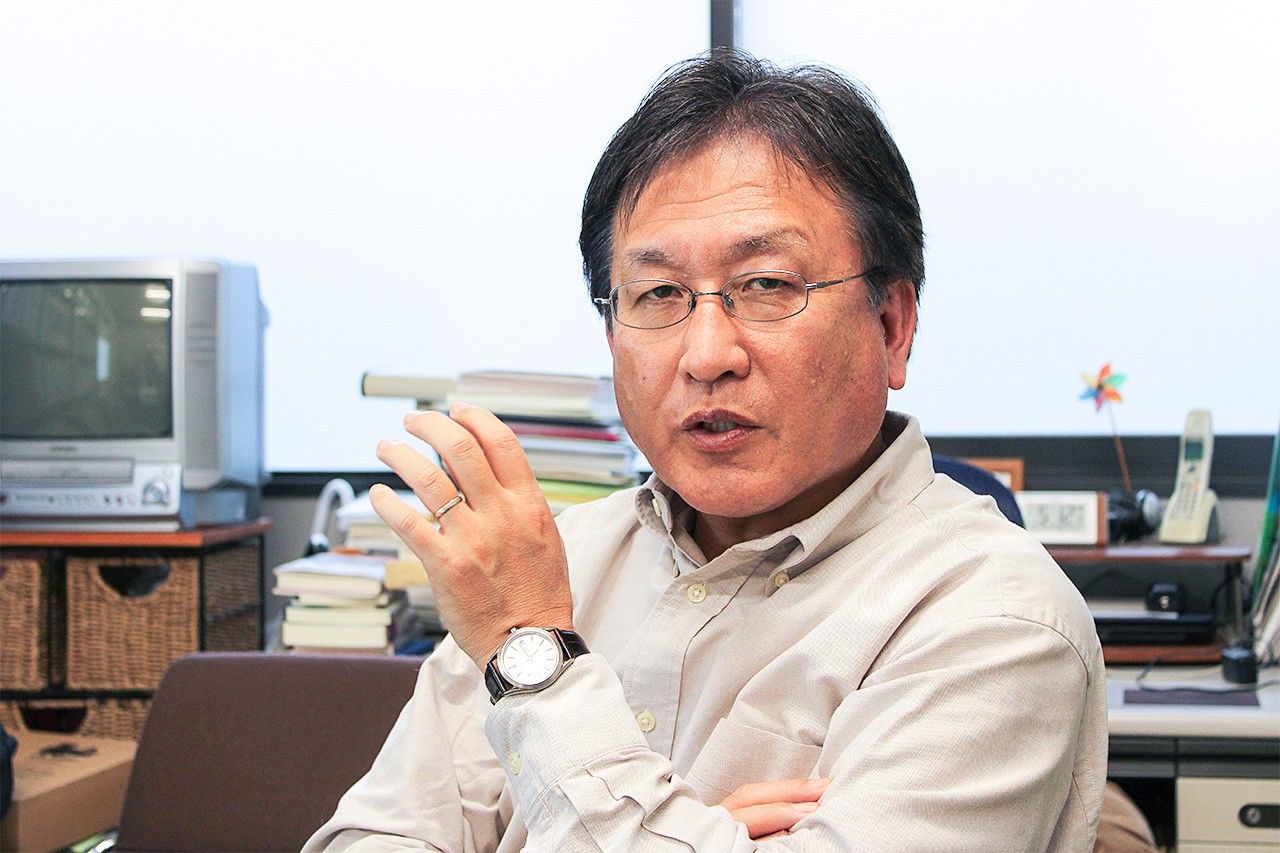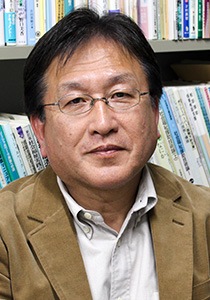
“It Takes a Village” to Halt Child Abuse
Society Family- English
- 日本語
- 简体字
- 繁體字
- Français
- Español
- العربية
- Русский
Reports of child abuse in Japan have been on the rise for years, but public outrage finally reached a tipping point in the wake of two high-profile fatalities occurring just in the past year or so. First came the death in March 2018 of 5-year-old Funato Yua of Meguro, Tokyo, who left behind heart-rending notes begging her parents’ forgiveness. Horror at the circumstances of the five-year-old’s death—including the failure of local authorities to prevent the tragedy even after responding to reports and evidence of abuse—spurred the Japanese government to draw up a package of emergency measures, including new funding to boost the number of child welfare officers nationwide. Yet less than a year later, in January 2019, came news of a similar tragedy: the death of 10-year-old Kurihara Mia in Noda, Chiba Prefecture.
In March this year, the cabinet approved substantive amendments to the Child Welfare Act and the Child Abuse Prevention Act, including a prohibition on corporal punishment and provisions to expand and empower the so-called child guidance centers (also referred to as child consultation centers) established at the prefectural level to respond to reports of child abuse. The legislation, now under deliberation in the Diet, would come into force in April 2020.
Miyajima Kiyoshi, a professor at the Japan College of Social Work, is a former Saitama Prefecture welfare officer who has worked in child guidance centers and facilities for children taken into temporary protective custody. Drawing on his expertise and extensive experience on the ground, he speaks candidly about the harsh reality of child welfare services in Japan and the government’s plans for reform.
Disturbing Parallels
Funato Yua’s mother was 19 years old when she had her first child, Yua. She divorced soon thereafter, then remarried a few years later in the spring of 2016. The couple had a son in September. That December, the child guidance center of Kagawa Prefecture, where the family was living at the time, took Yua into temporary protective custody for about a month in response to reports of abuse by her new father. Yua was taken into custody again in March 2017 and released about three months later. Police twice referred the father to prosecutors on suspicion of physical abuse, but no charges were filed. When the family moved to Meguro in Tokyo early in January 2018, the Kagawa child welfare authorities forwarded Yua’s case to their counterparts at the Shinagawa child guidance center. But when local caseworkers called on the Funatos at their Meguro home in February, the mother refused to let them see the girl. Routinely beaten and severely underfed, Yua died on March 2, 2018.
In Mia’s case, the mother divorced the father over domestic violence when Mia was two years old, but the couple remarried in February 2017, taking up residence in the mother’s hometown of Itoman in Okinawa Prefecture. In June 2017, another daughter was born. The next month, the municipal authorities received a report that the father had physically abused his wife and threatened the elder daughter, Mia. However, the father refused a visit from local welfare officers. In August 2017, the family moved to Noda in Chiba Prefecture. At school the following November, Mia mentioned her father’s abuse on a school questionnaire about bullying. She was taken into protective custody by the Kashiwa child guidance center but released the following month on the condition that she move in with other relatives. In January 2018, the Noda Municipal Board of Education, yielding to the father’s hectoring, gave him a copy of the completed questionnaire in which Mia had complained of his abuse. Soon after, Mia was transferred to another elementary school in the same district. By March 2018, city officials were aware that Mia was back with her parents, but since she made no more complaints and was reported to be happy and engaged at her new school, the authorities did not intervene further.
The last time Mia was seen at school was on December 21, 2018. On January 24, her father called emergency to report that his daughter was unconscious and did not appear to be breathing. She was found dead in the bathroom. According to police, the father had forced her to stand there for hours without sleep or food, repeatedly dousing her with cold water. The mother, it seems, went along out of fear.
Comparing the two cases, Miyajima points out significant parallels. In both instances, the victim was the eldest daughter, born when the mother was no more than 20. Mother and daughter were on their own for several years before a father figure re-entered their lives. The abuse surfaced after a second child was born. Moreover, both fatalities occurred not long after the family had relocated.
“I think these commonalities are worth studying,” says Miyajima. “Mia, unlike Yua, was the husband’s biological child, but in both cases the abuse occurred after an adult male joined the household and had recently added another child to the family.”
Miyajima notes also that in both cases the first reports of violence came about a year and a half before the child’s death. “Early detection is not enough to save these kids,” he says. “The big question is whether the officers handling the case made an informed decision, with the family history in mind, and stayed continuously engaged on the understanding that the child was at risk.” Child welfare officers need to follow up closely in such cases, Miyajima emphasizes, particularly around the time a second child is born, since such circumstances substantially increase the risk of abuse.

Professor Miyajima Kiyoshi discusses parallels between two high-profile cases of child abuse resulting in death.
Systemic Failure
What prevents Japan’s child guidance centers—established to protect children from abuse and neglect—from providing the kind of continuous oversight needed to avert such tragedies?
“In a lot of cases, there’s a failure to heed the warning signals and recognize the gravity of the situation early on,” says Miyajima. “For example, in Yua’s case, neighbors reported angry shouting around the time the mother was expecting her second child. A family with a newborn or one on the way is going through a turbulent period. Municipal welfare officers are supposed to periodically visit families with infants [up to four months of age] under the Konnichiwa Akachan program. How were those visits handled? Was there any effort to address the special challenges of stepfamilies? Was there any coordination or exchange of information between this program and the authorities with access to reports of abuse? That’s a key point.”
After being taken into protective custody a second time, Yua was returned to her parents in the summer of 2017 on the condition that the family attend weekly counseling sessions at a nearby hospital. A month later, hospital staff alerted the Kagawa child guidance center that they had found bruises on Yua’s body. Nonetheless, the center showed little awareness that the family’s move to Tokyo, in January 2018, was putting Yua at even greater risk. Although alerted to Yua’s case, welfare officers from Tokyo’s Shinagawa child guidance center also failed to grasp the danger facing Yua, even after her mother denied them access to the child.
Transition issues may have been a factor in Kurihara Mia’s case as well. “Why was her transfer to a new school approved, and how was the transition handled?” asks Miyajima. He questions the practice of relying on the schools to monitor at-risk children. “Schools have a tendency to assume that everything is fine at home as long as the child is polite and active and gets good grades. Sure, you might suppose that the Noda school board would regard the father’s belligerence as a bad sign. But few school authorities are qualified to make that kind of judgment on their own. If local welfare workers had been in closer communication with the school, the authorities might have involved themselves more actively, instead of taking Mia’s silence at face value.”
One reason child welfare officials may not give an individual case the continuous attention it deserves is a serious shortage of personnel. According to the Ministry of Health, Labor, and Welfare, the average caseload in child welfare is about 50 per worker. The emergency anti-abuse plan adopted in the wake of Yua’s death aims to add 3,000 officers by 2022 in an effort to reduce that workload to about 40. Miyajima applauds the government for taking decisive action on staffing, though he wonders whether that goal can be met.
“The most important thing is to build a robust and integrated child welfare system at the municipal [community] level,” argues Miyajima. In fact, the government’s plan also calls for establishing comprehensive child and family support centers in each municipality to provide information, counseling, and support to expecting mothers and families with young children. The centers are to be staffed with full-time liaison officers whose job will be ensuring efficient collaboration and information sharing with other local institutions. Miyajima hopes that full funding will be forthcoming.
“Municipalities play a much more direct role in maternal and child healthcare, daycare, and education than the prefectural governments,” explains Miyajima. “It’s only sensible to give them a key role—at least equal to that of the prefectural child guidance centers—in the care of at-risk children and families and the prevention of child abuse.
Miyajima also thinks municipal agencies should play a central role in the handling of abuse reports. “Daycare centers and schools are the ones that are in direct contact with the kids, and it’s easier for them to report their concerns to municipal authorities,” he says. “With such reports as a starting point, they and all the other local agencies concerned need to work in close partnership.”
Rating the Reforms
The revisions of the Child Welfare Act and Child Abuse Act currently being deliberated in the Diet include several other important provisions. One explicitly bans the use of corporal punishment against children by parents and institutions. (Amendment of the Civil Code to limit parents’ right to discipline their children would be discussed over the next two years.) Another imposes confidentiality obligations on schools and other institutions in an effort to prevent a repeat of the events preceding Mia’s death, when the local school board gave Mia’s father access to a confidential questionnaire in which she complained about his behavior.
The legislation includes a number of measures aimed at bolstering the capacity of the prefectural child guidance centers. For example, it seeks to establish a clearer division of labor among the staff and ensure that they have continuous access to expert advice from lawyers and other professionals. In addition, it calls for deliberations leading to recommendations (by March 2021) for the creation of a new national certification for child welfare officers. Miyajima has reservations about this last initiative.
“Once you establish a new certification system, it takes time to develop a curriculum and training programs, and then there’s a real possibility that they won’t be able to attract students. Why? Because the working conditions at child guidance centers are grueling, with long hours and low pay.”
Although the idea of a national certification for child welfare officers might be superficially appealing, Miyajima thinks that a more realistic option would be to start by boosting the presence of nationally certified social workers. Currently, only about 40% of the staff at child guidance centers possess that qualification, and the percentage at municipal agencies is substantially lower. “Certification is just a basic foundation in any case,” he points out. “There’s no substitute for experience in child welfare work. It takes three to five years to learn the ropes and ten years to get to the point where you can train newcomers.”
Integrating Community-Based Services
Miyajima also stresses the need for a system that offers a refuge to mothers and their children.
“There’s a link between child abuse and spousal domestic violence,” he notes. “It’s important that we enhance the capability of municipal agencies to provide integrated support systems that keep mothers and children together. We need to make maximum use of such systems whenever there’s a case of life-threatening domestic violence. We also need to do more to support the financial stability of low-income households. Where protective custody of children is concerned, we should offer more opportunities for short stays initiated by the parents. There are many cases in which such temporary respite could make all the difference.”
Finally, Miyajima feels strongly about the need for the community as a whole to take responsibility for the welfare of its children. “It’s time to start paving the way for a new system of ‘social care’ that ensures the welfare of all our children, including survivors like Yua’s little brother and Mia’s little sister. The bigger question these tragedies raise is this: Can we embrace an approach to life that accepts all children, whatever their misfortunes, and can we build communities that embody that approach?”
(Originally published in Japanese on May 8, 2019. Interview and text by Itakura Kimie of Nippon.com.)
